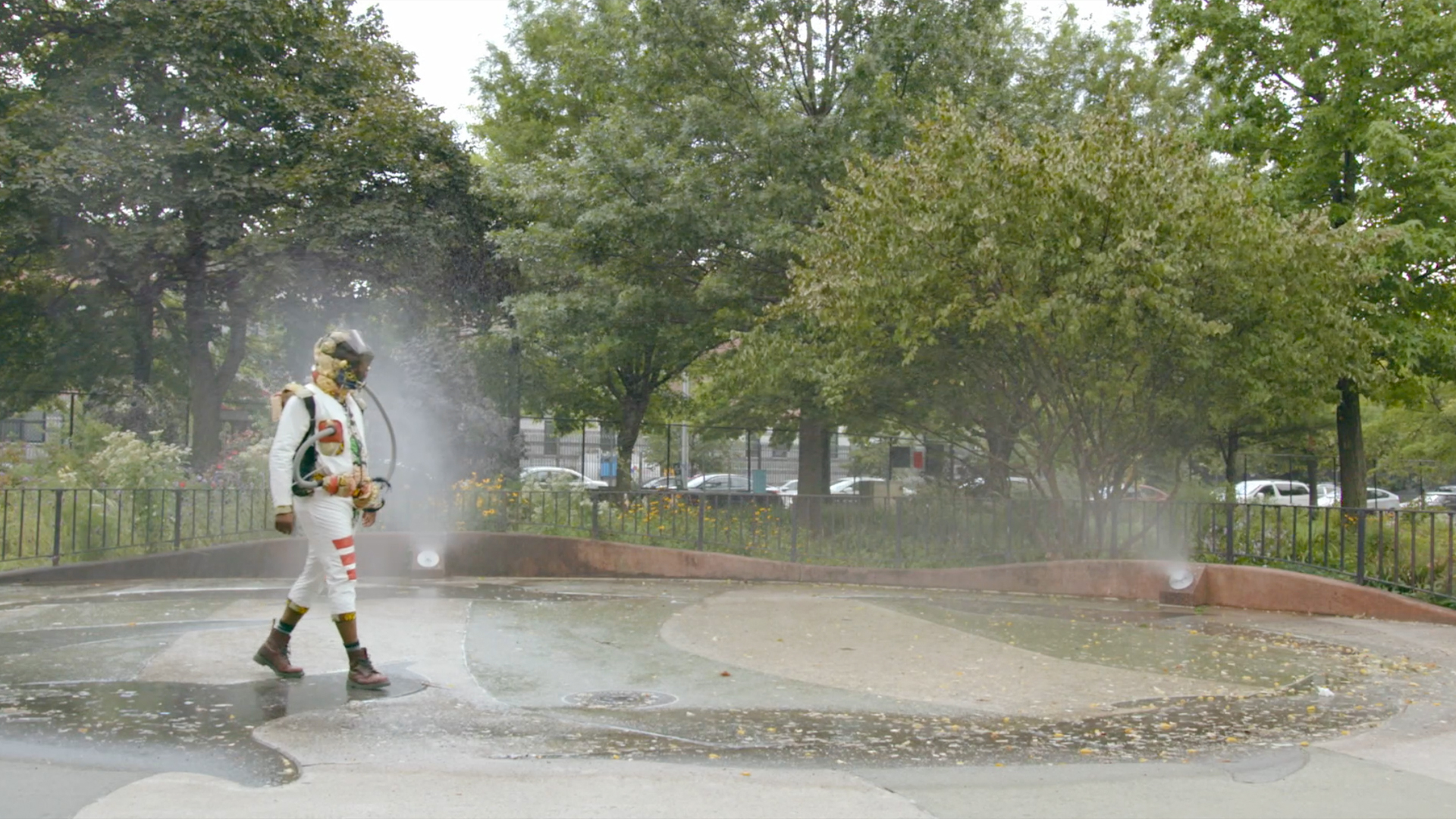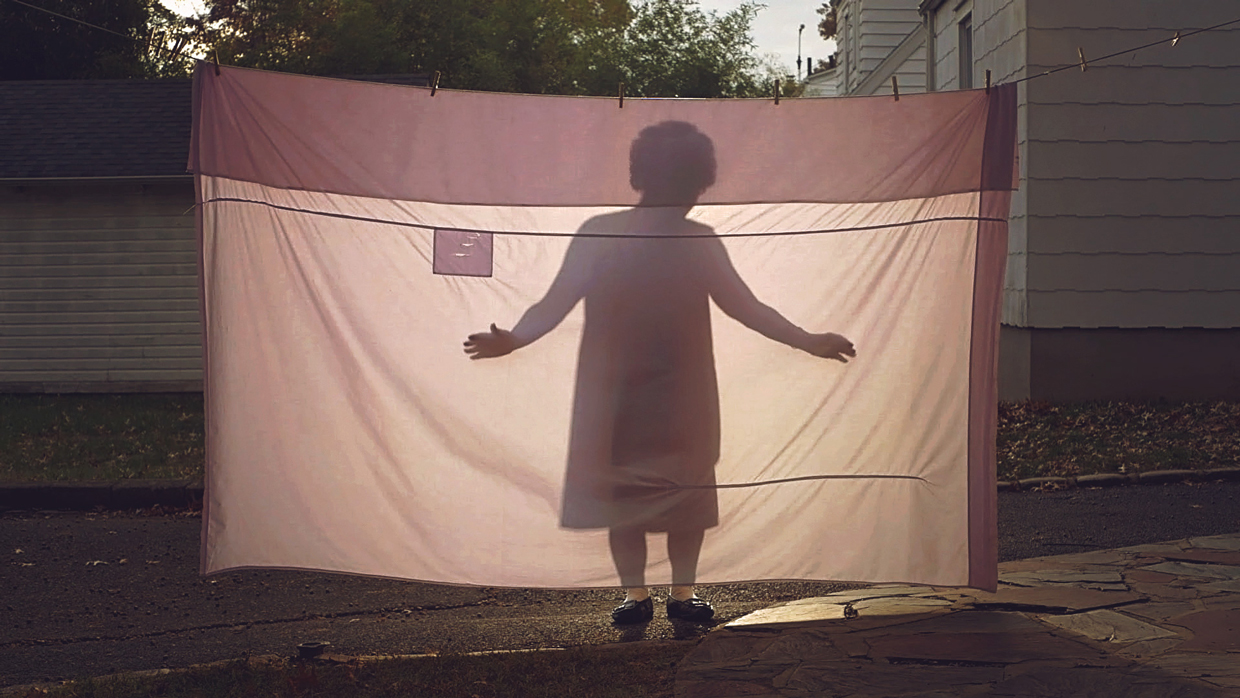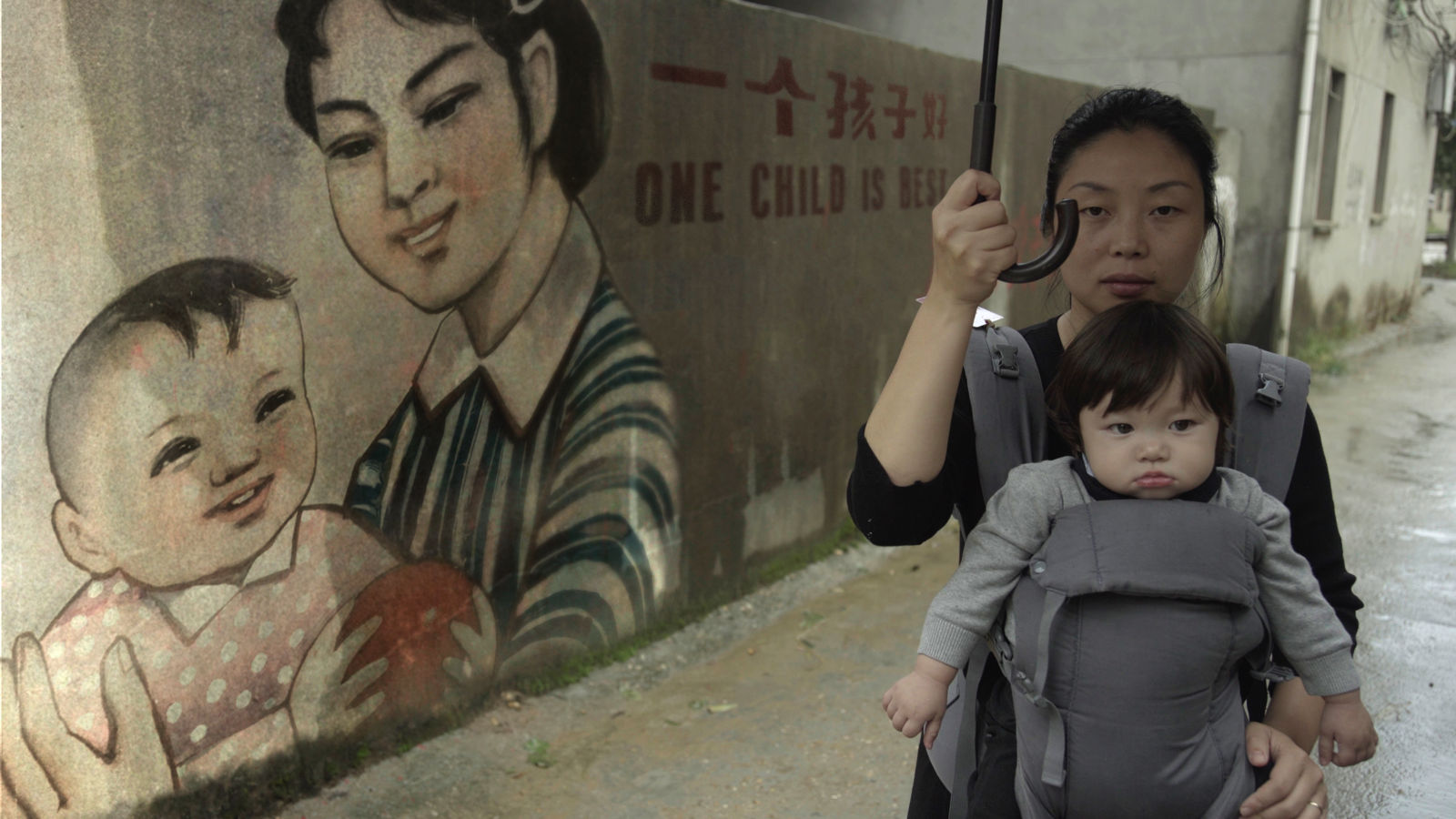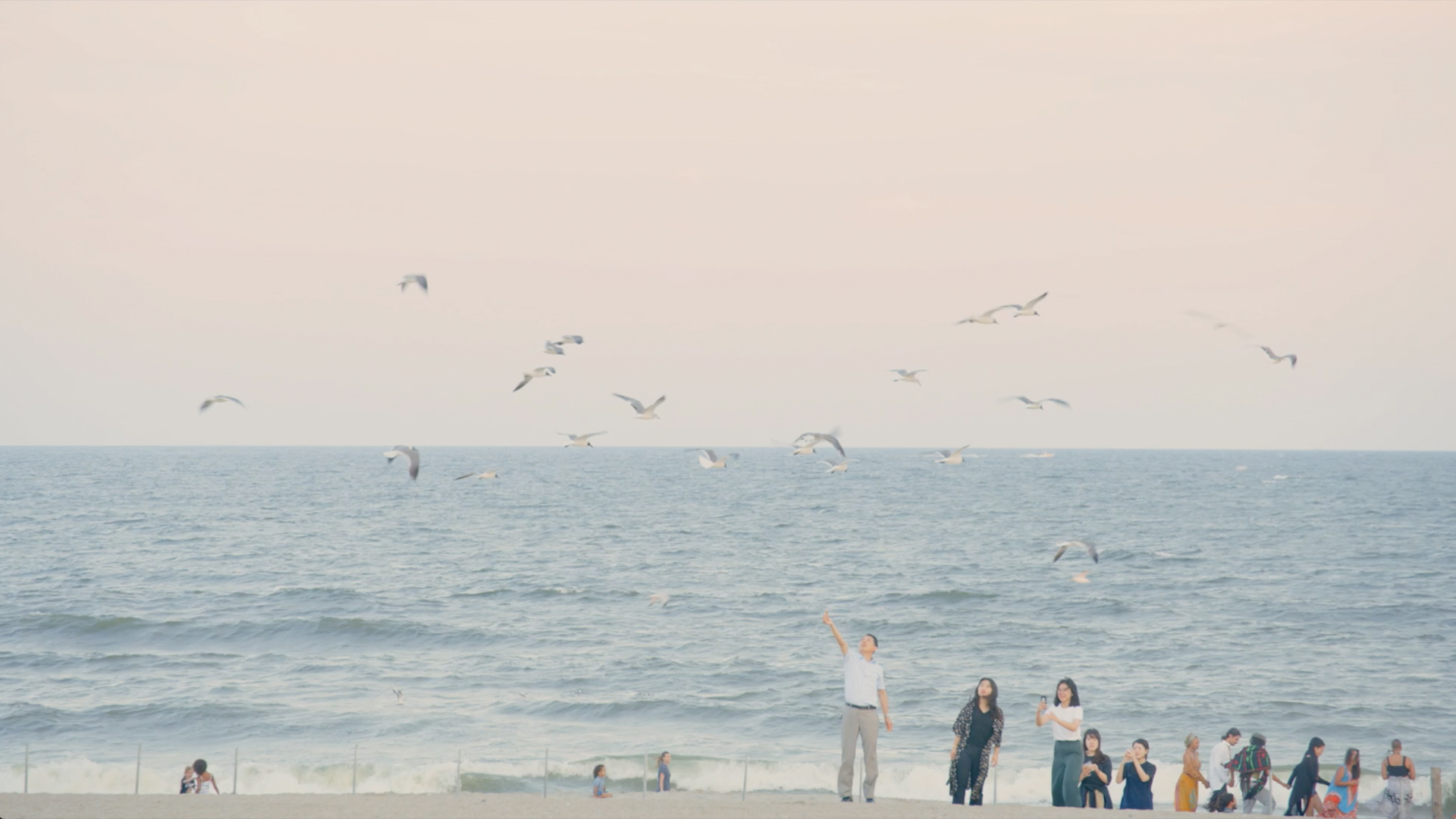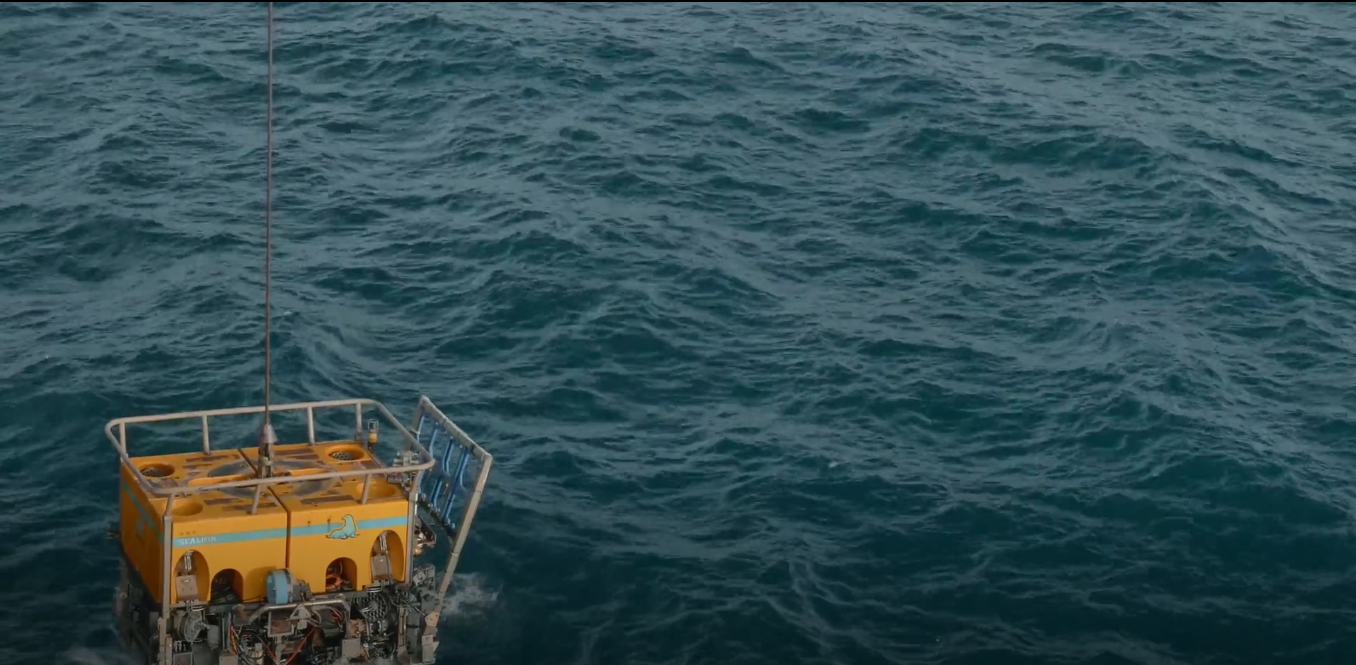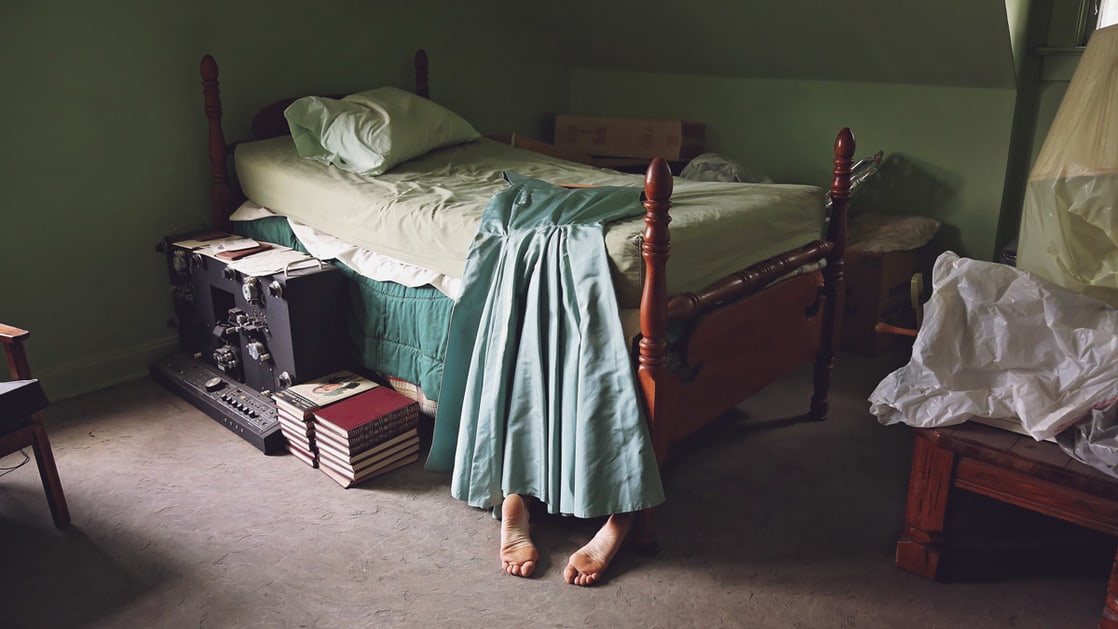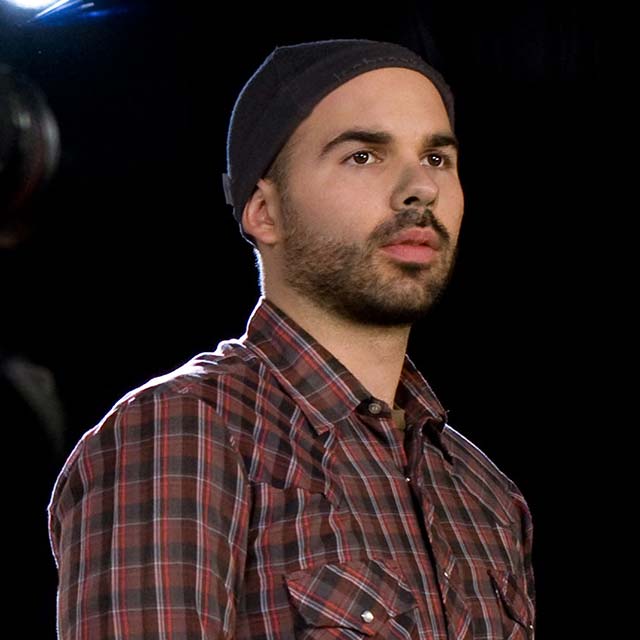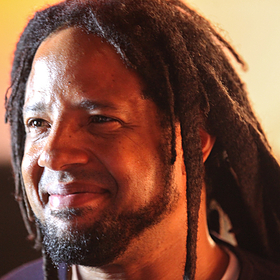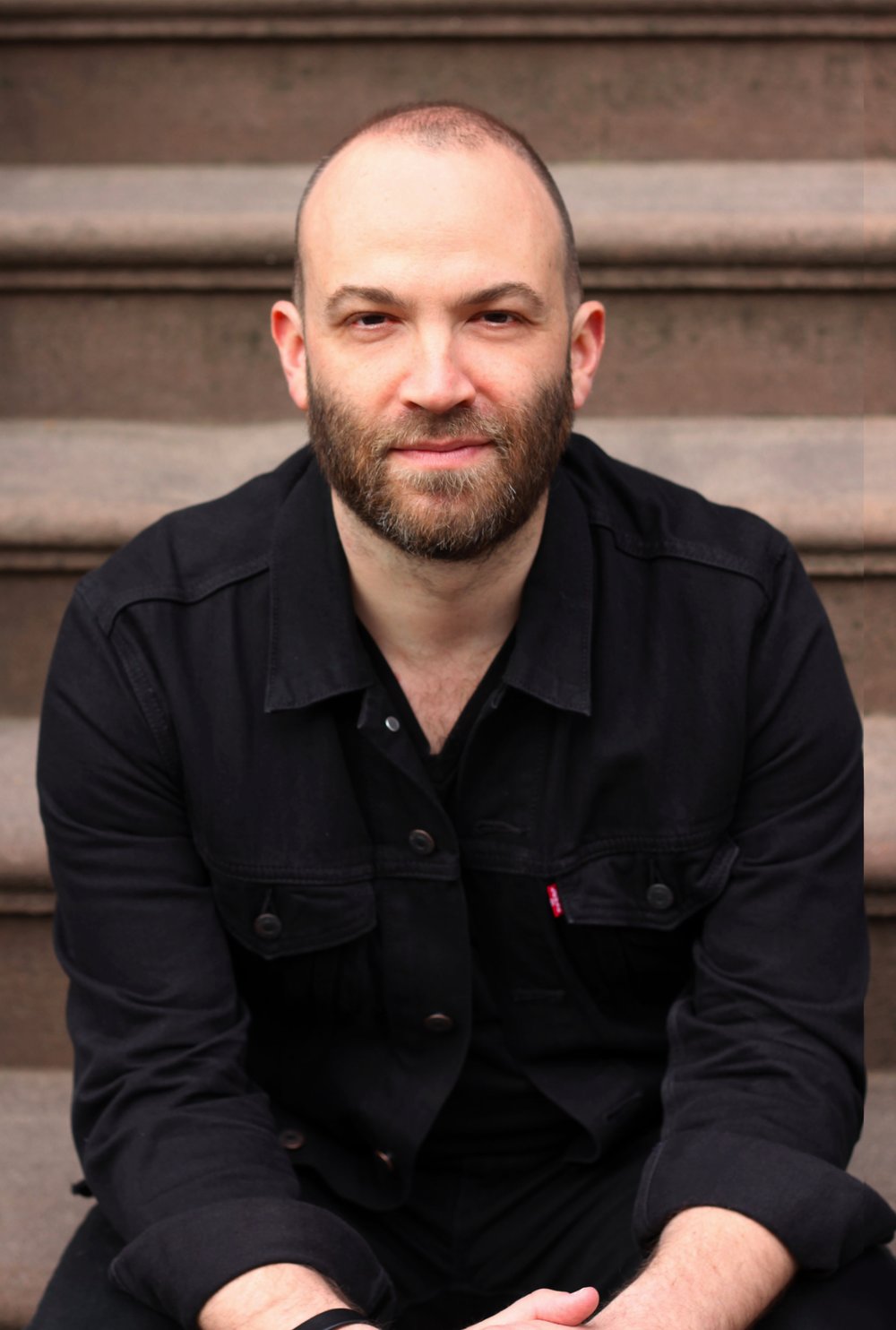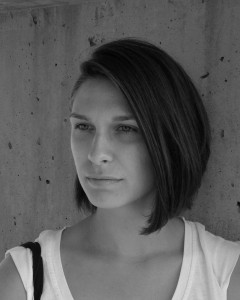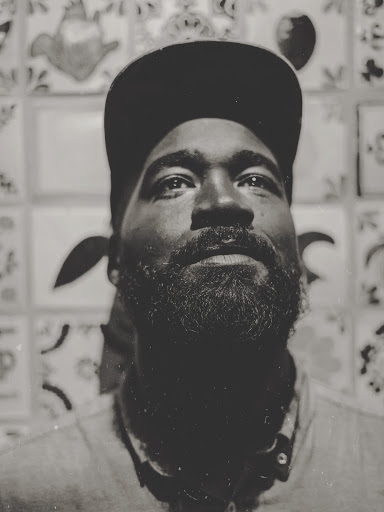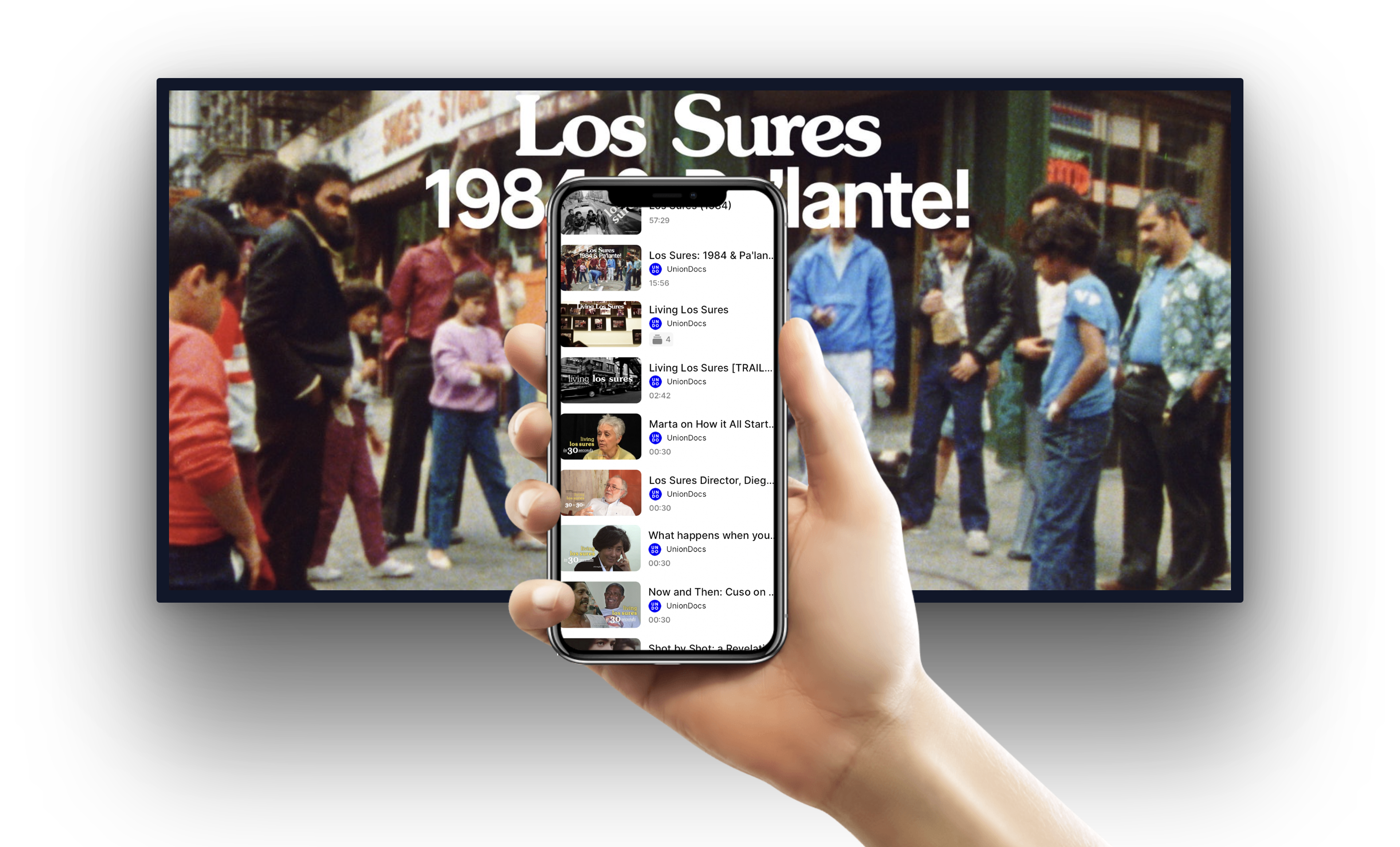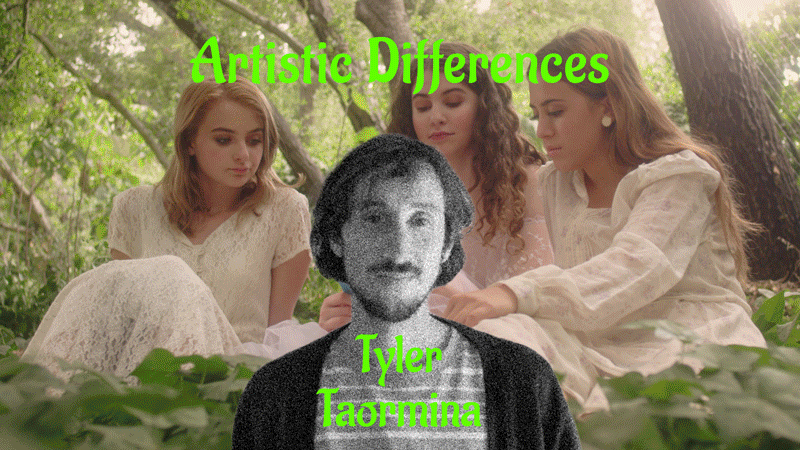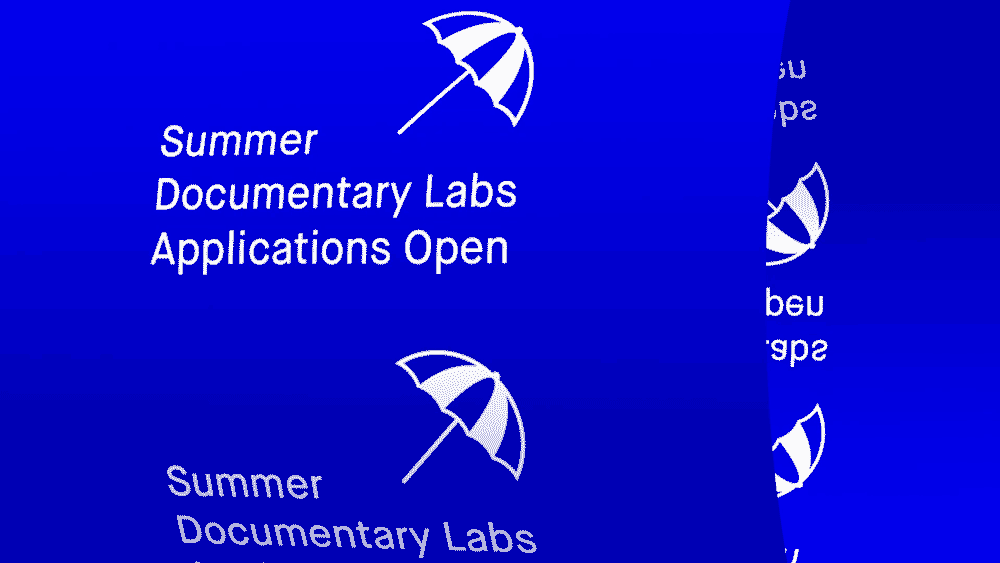“I feel that music on the screen can seek out and intensify the inner thoughts of the characters. It can invest a scene with terror, grandeur, gaiety, or misery. It can propel narrative swiftly forward, or slow it down. It often lifts mere dialogue into the realm of poetry. Finally, it is the communicating link between the screen and the audience, reaching out and enveloping all into one single experience.” – Bernard Herrmann (Composer: Psycho, Citizen Kane and Taxi Driver)
A scene can be transformed through the prism of music composition, taking a two-dimensional vérité moment into a sonic portrait – this added depth can make all the difference when connecting with an audience. Music has the ability to channel our most visceral emotions through pacing, style and genre, and yet filmmakers are often wary of a soundtrack’s potential to overwhelm with emotional projection. A film’s soundtrack encompasses music, sound design and diegetic sound. These elements are often thought as separate, but what world could a film build if they were considered holistically? How can filmmakers use soundtracks to support a film’s vision without overshadowing the narrative? What opportunities are missed when we play it safe?
Sonic Portraits: Music In Film will be led by composer and editor Troy Herion (306 Hollywood, The Hottest August, Bulletproof), whose body of work has been the marriage of contemporary music and visual arts. It will delve into music as a key component of a soundtrack, often heightening other sonic elements. Participants will build upon their language of music composition and the soundtrack in pursuit of creating bold and innovative films.
We will cover the process of making original soundtracks, working in collaboration with composers and adapting references from sonic abstractions and sound design – allowing for both creative and practical takeaways. Real-time scoring of participant’s own selected scenes, and the dissection of scenes and soundtracks will direct participants towards understanding how music and images create meaning – experimenting with new possibilities. We will investigate numerous uses of the soundtrack, ranging from a tool for legibility or dialog support, to more expansive uses, evoking meaning beyond words.
A host of accomplished guest collaborators from music supervisors, directors, and editors will help to establish a productive vocabulary towards answering the question – how do we talk about music in films? Guest artists include composer Nathan Halpern (Minding The Gap, One Child Nation) who will share his practice and process of scoring both fiction and nonfiction films. Music and sound editor llghtchlld (Sorry To Bother You, Rolling Stones: Stories from the Edge) will cover what it’s like to work intimately throughout the process of creating a soundtrack; editing, compiling, and synching, and more. Artist Rashid Zakat (Revival!, BlackStar Film Festival) offers participants the opportunity to step out of the here-and-now and virtually tap into what is not-yet-here – through audio-visual exercises. Speaking from the perspective of a director/ editor, filmmaker Meredith Lackey (Cablestreet) will share how one uses a soundtrack as a structuring and conceptual device, guiding the edit. Veteran music supervisor Barry Cole ( Who Killed Malcolm X, Founder of Spot Music) will dive deep into how a filmmaker builds out a soundtrack with licensed music.
Sonic Portraits: Music In Film invites all filmmakers, directors, producers, editors, and sound professionals interested in soundtracks. A background in music or sound is not needed.


